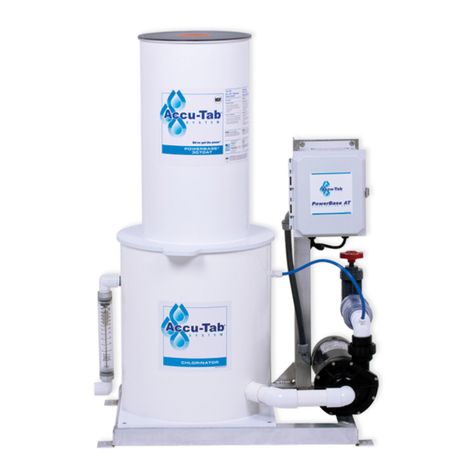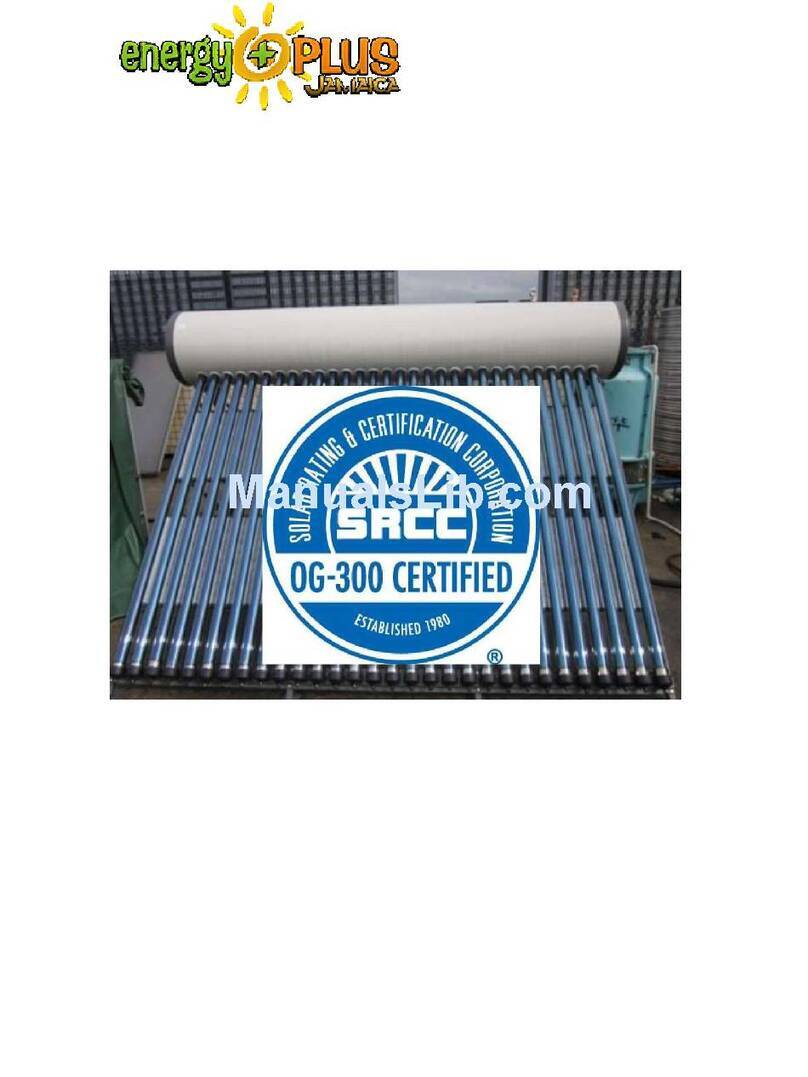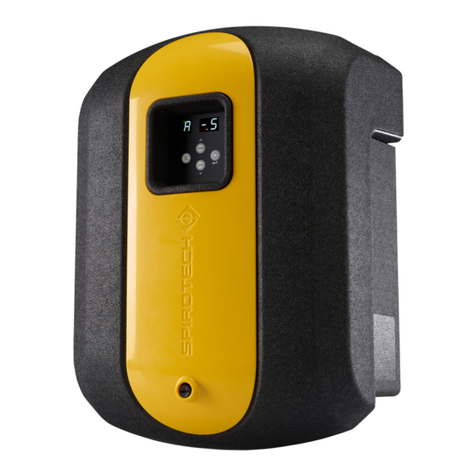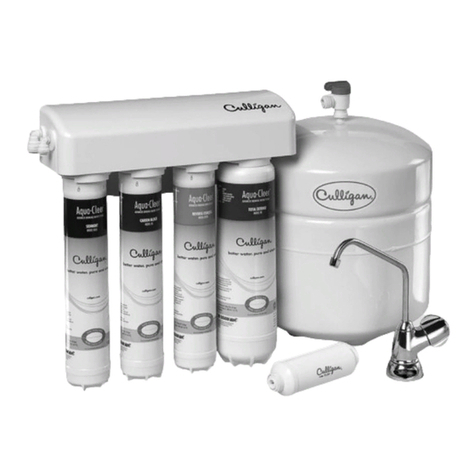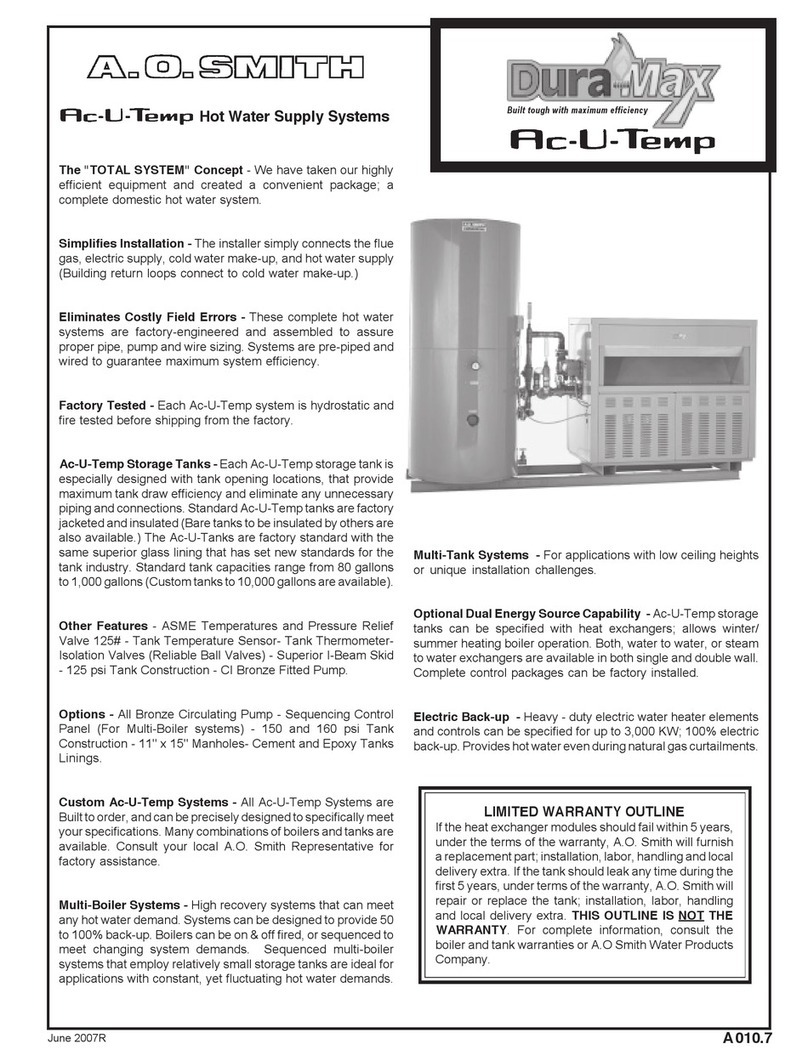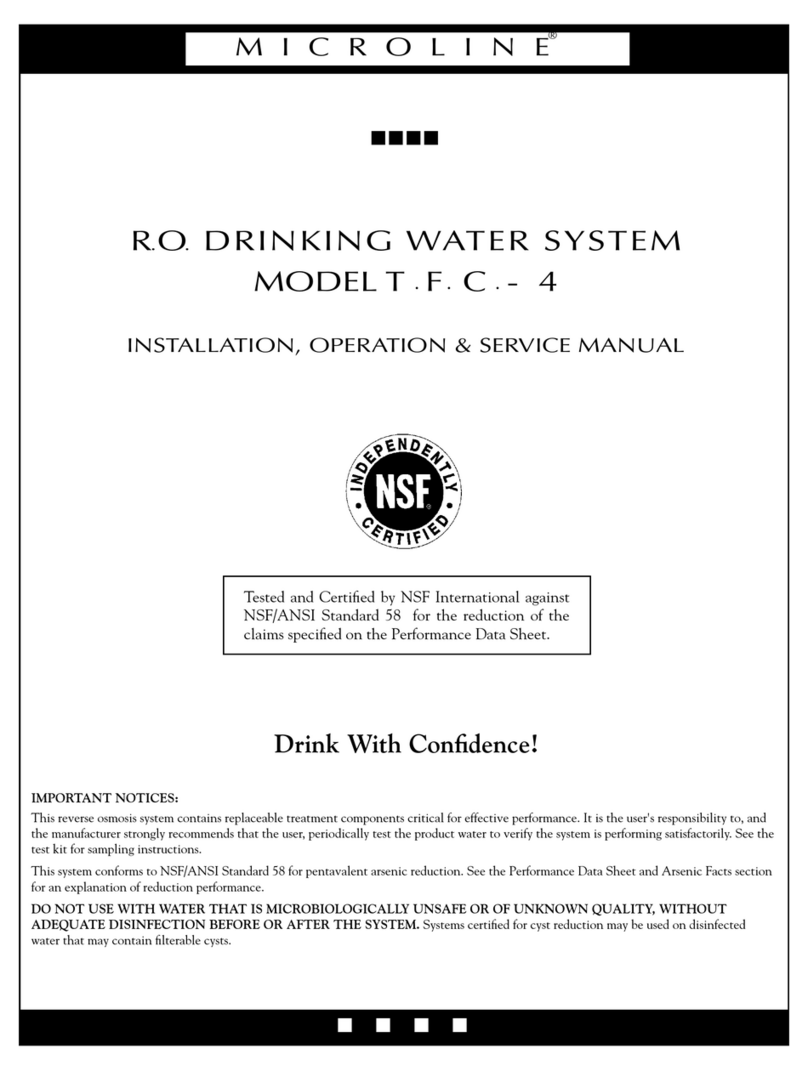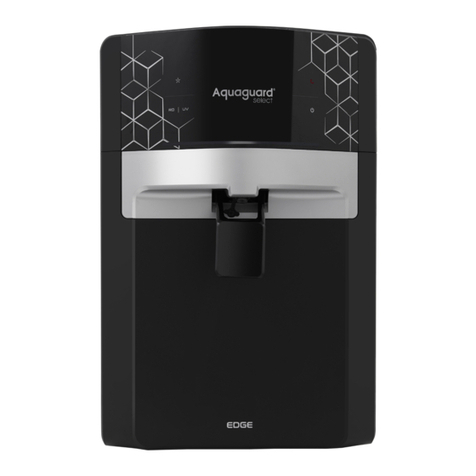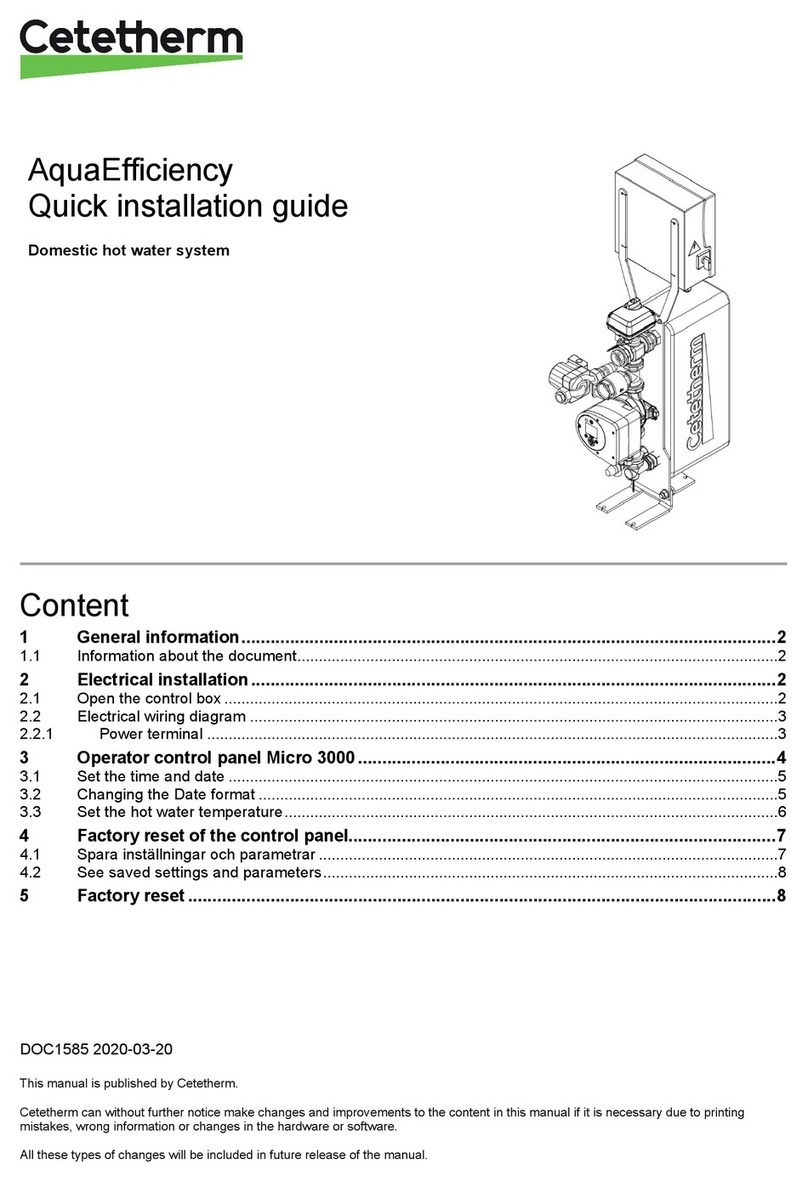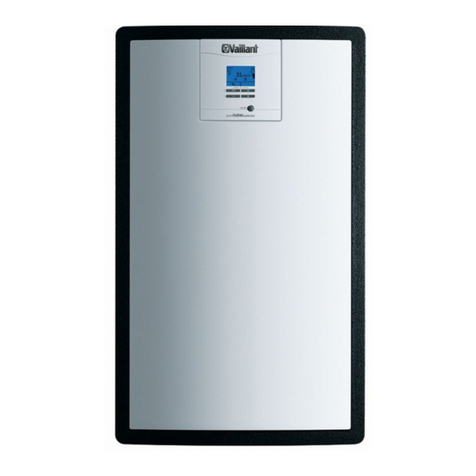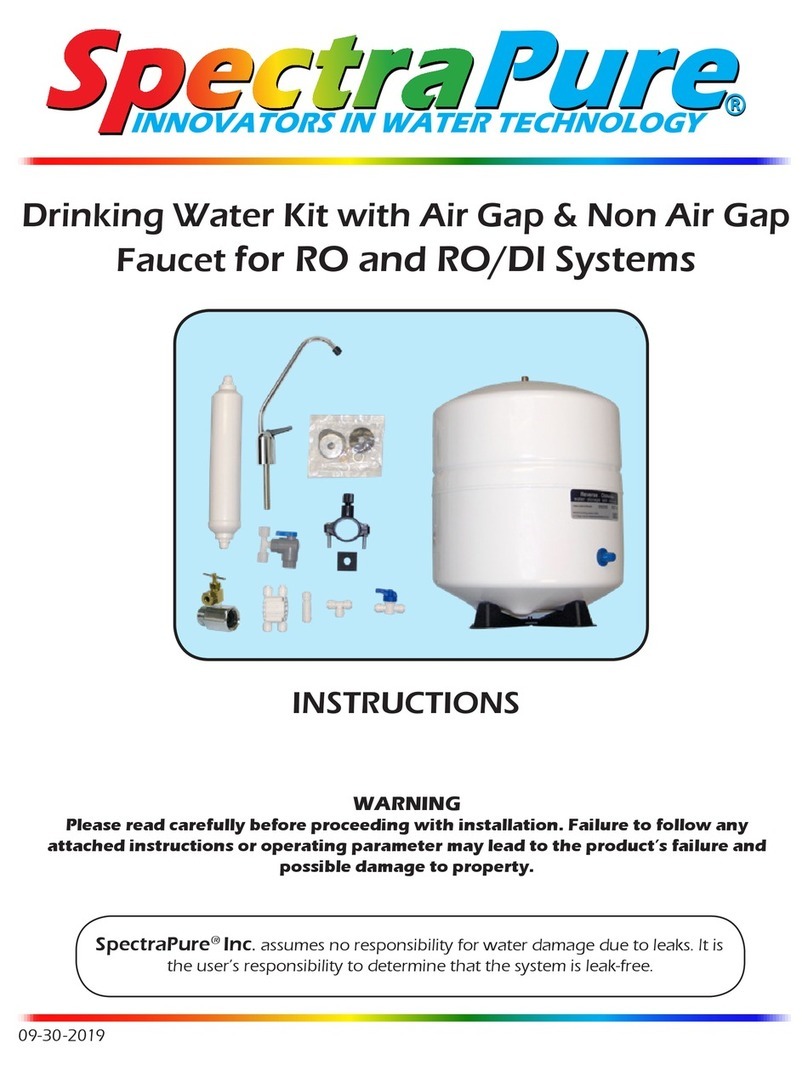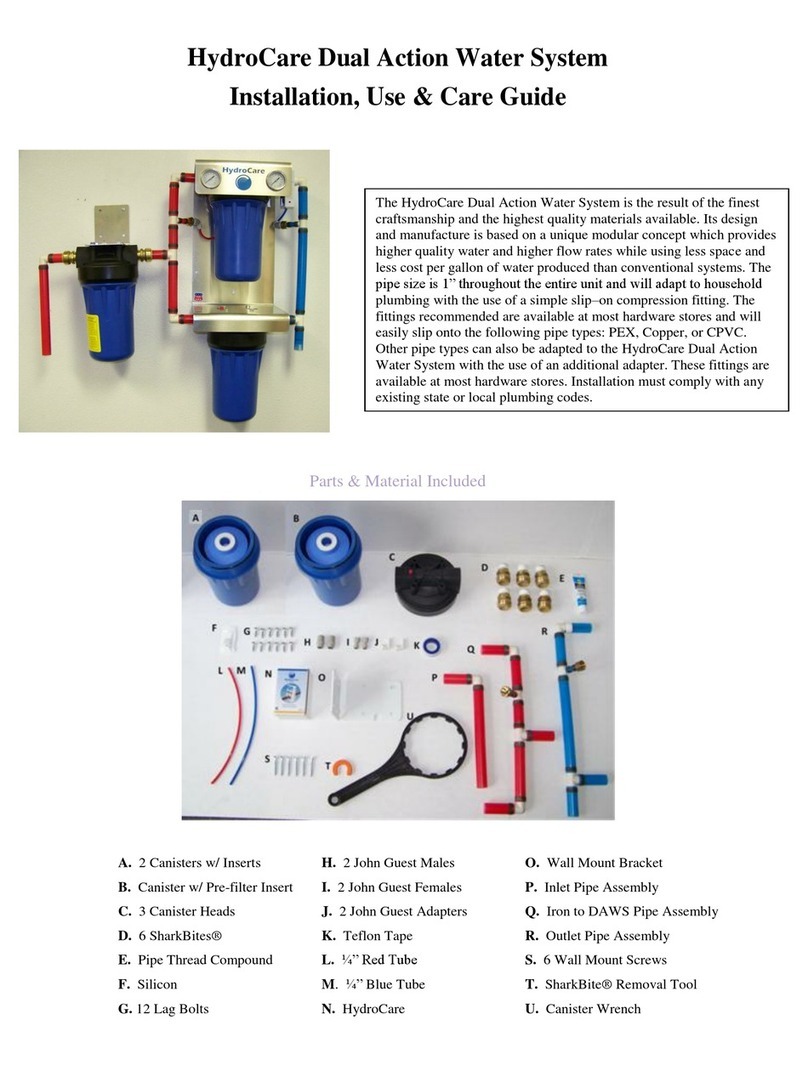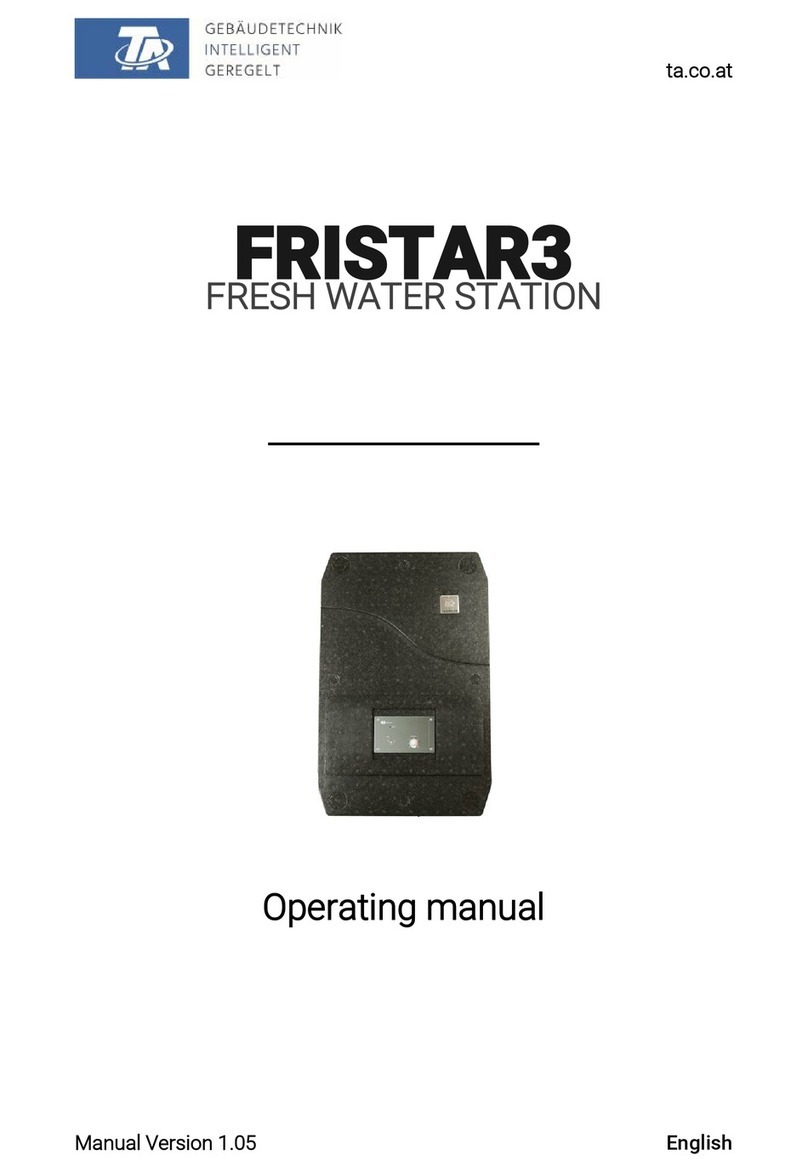
2 3
TO PLACE THIS EQUIPMENT UNDER WARRANTY, THE
WARRANTY REGISTRATION CARD MUST BE COMPLETED AND
RETURNED BY THE ORIGINAL OWNER TO HAGUE QUALITY
WATER INTERNATIONAL WITHIN 30 DAYS OF INSTALLATION.
Coverage
This warranty covers the Hague WaterMax® Appliance delivered
to the original owner when the appliance is purchased for personal,
family, or household use. It is intended to cover defects occurring in
workmanship or materials or both.
Warrantor’s Performance and Length of Warranty
Hague Quality Water International warrants that upon receipt from
the owner of any Hague Media Tank, Brine Tank, Main Control
Valve, or the fine mesh polystyrene resin found to be defective in
material or workmanship, Hague will repair or replace the defective
item, at no charge for that item, for 25 YEARS from date of
installation.
Hague Quality Water International further warrants that upon receipt
from the owner of any other mechanical or electronic parts, which
are found to be defective in material or workmanship, Hague will
repair or replace the defective parts, at no charge for those parts for
5 YEARS from date of installation.
All defective parts must be returned, along with the equipment
serial number and date of original installation, to an authorized
Hague dealer of Hague Quality Water International PREPAID, and
replacement parts will be returned by Hague to the owner FREIGHT
COLLECT.
Further Exclusions and Limitations on Warranty: This warranty is
null and void unless the Hague Appliance was purchased from
an independent Hague dealer. THERE ARE NO WARRANTIES
OTHER THAN THOSE DESCRIBED IN THIS WARRANTY
INSTRUMENT.
This warranty does not cover any service call or labor costs incurred
with respect to the removal and replacement of any defective part
or parts. Hague Quality Water International will not be liable for, nor
will it pay service call or labor charges incurred or expended with
respect to this warranty.
In the event the water supply being processed through this product
contains sand, bacterial iron, algae, sulfur, tannins, organic
matter, or other unusual substances, then unless the appliance is
represented as being capable of handling these substances in the
appliance specifications, other special treatment of the water supply
must be used to remove these substances before they enter this
product. Otherwise, Hague Quality Water International shall have no
obligations under this warranty.
This warranty does not cover damage to a part or parts of the
appliance from causes such as fire, accidents, freezing, or
unreasonable use, abuse, or neglect by the owner.
This warranty does not cover damage to a part or parts of the
appliance resulting from improper installation. All plumbing and
electrical connections should be made in accordance with all local
codes and the installation instructions provided with the appliance.
The warranty does not cover damage resulting from use with
inadequate or defective plumbing; inadequate or defective water
supply or pressure; inadequate or defective house wiring; improper
voltage, electrical service, or electrical connections; or violation of
applicable building, plumbing, or electrical codes, laws, ordinances,
or regulations.
THIS WARRANTY DOES NOT COVER INCIDENTAL,
CONSEQUENTIAL OR SECONDARY DAMAGES.
ANY IMPLIED WARRANTIES ON THE PRODUCT DESCRIBED
IN THIS WARRANTY WILL NOT BE EFFECTIVE AFTER THE
EXPIRATION OF THIS WARRANTY.
No dealer, agent, representative or other person is authorized to
extend or expand this limited warranty.
Some states do not allow limitations on how long an implied
warranty lasts or the exclusion or limitation of incidental or
consequential damages, so the above limitations and exclusion may
not apply to you. This warranty gives you specic legal rights and
you may also have other rights which vary from state to state.
Claims Procedure
Any defects covered by this warranty should be promptly reported
to Hague Quality Water International at 4343 S. Hamilton Rd.
Groveport, OH 43125. In writing about the defects, please provide
the original owner’s name, telephone number, and original address;
serial number and model number of the product; date of purchase;
and name of dealer from whom purchased. Hague Quality Water
International reserves the right to replace defective parts with exact
duplicates or their equivalent.
25 Year Limited Warranty Contents
General Information...........................................................................4
Installation ..................................................................................6
Smart Touch Controller ......................................................................13
Service Settings ............................................................................14
Customer Settings...........................................................................18
Assembly and Parts .........................................................................21
Troubleshooting.............................................................................32
Specifications ..............................................................................34
